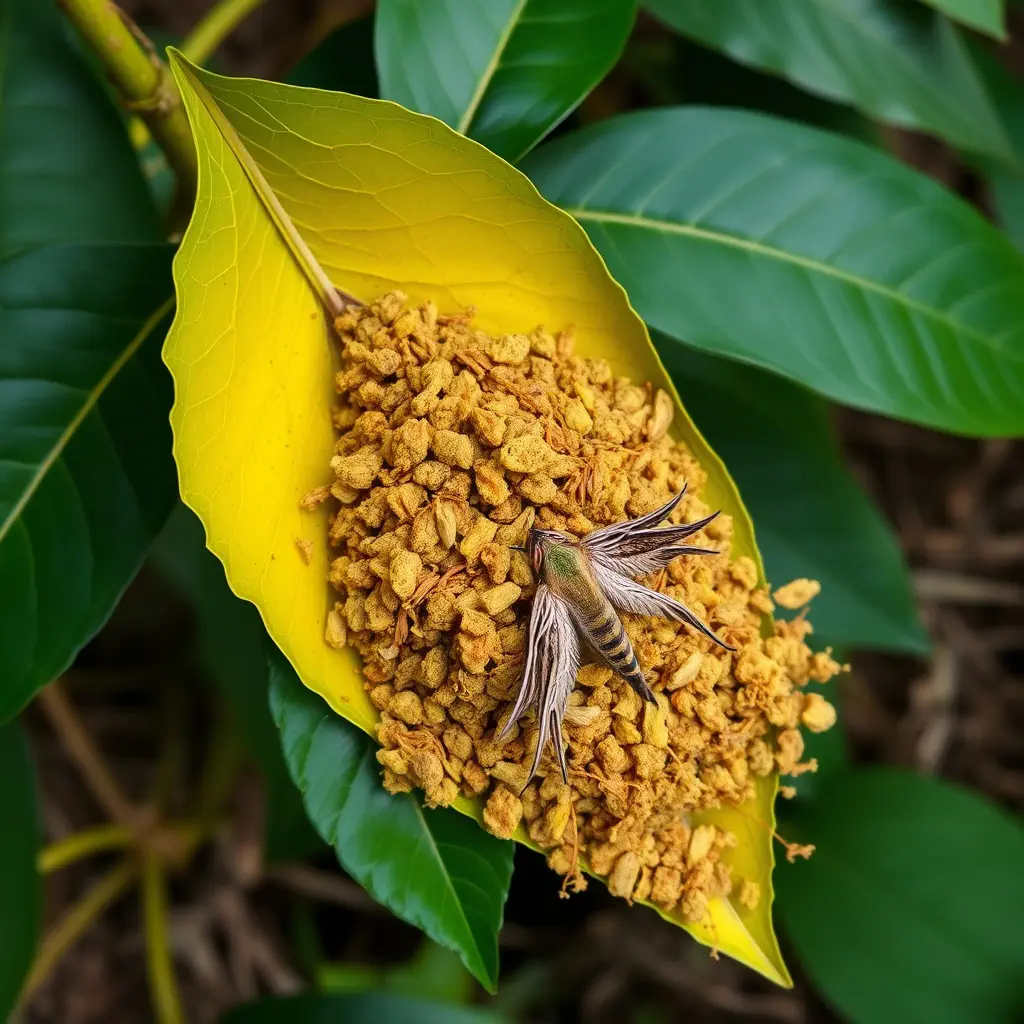Muscle soreness, known as DOMS (Delayed Onset Muscle Soreness), can occur after intense exercise and is characterized by muscle pain and tenderness. Many individuals are turning to kratom, a natural remedy available through online marketplaces in various forms like capsules and powders, to alleviate this discomfort. Kratom's effectiveness is thought to stem from its alkaloids, mitragynine and 7-hydroxymitragynine, which may influence pain perception by interacting with opioid receptors. While anecdotal evidence suggests benefits, scientific research on kratom's efficacy for muscle soreness is still developing. It's essential to use kratom responsibly and adhere to legal guidelines, as well as to make informed decisions during kratom shopping, considering the strain's unique properties—such as Maeng Da, Bali, Indo, or Thai—and ensuring vendor credibility and product safety through lab test results. A responsible approach includes starting with a low dosage, monitoring effects, and personalizing your regimen over time, especially for those with existing health concerns or who are taking other medications. Consulting a healthcare professional is advised to integrate kratom into a pain management plan effectively and safely. Kratom shopping should prioritize quality and safety, making it a potentially valuable addition to managing muscle soreness.
Muscle soreness can be a persistent challenge for individuals engaged in regular physical activity or those experiencing acute pain from intense exercise. Exploring natural remedies, kratom has emerged as a potential aid for muscle soreness relief. This article delves into the mechanisms of muscle soreness and the role kratom plays in alleviating discomfort. It also provides valuable kratom shopping best practices to ensure you select the appropriate strain and vendor for your needs. Furthermore, readers will benefit from a guide on how to effectively integrate kratom into their existing muscle soreness management routine, enhancing recovery and well-being.
- Understanding Muscle Soreness and Kratom's Role in Relief
- Strategies for Effective Kratom Selection through Kratom Shopping Best Practices
- A Comprehensive Guide to Integrating Kratom into Your Muscle Soreness Management Routine
Understanding Muscle Soreness and Kratom's Role in Relief

Muscle soreness, often referred to as DOMS or delayed onset muscle soreness, can occur after intense physical activity or exercise. This condition is characterized by pain and tenderness in the muscles that may arise within 24 to 72 hours post-exercise and can persist for days or weeks. The underlying mechanisms of muscle soreness are complex, involving inflammation and cellular damage triggered by microtrauma during intense physical exertion. In search of relief, individuals have turned to natural remedies, among them kratom, a plant-based substance originating from Southeast Asia. Kratom shopping has become more accessible with the rise of online marketplaces offering a variety of strains and products, such as kratom capsules or powders. Mitragynine and 7-hydroxymitragynine, two key alkaloids found in kratom, are believed to interact with the body’s opioid receptors, potentially providing pain relief by modulating pain signals and reducing muscle tension. Users often report that kratom helps manage the discomfort associated with muscle soreness, allowing for a quicker return to physical activity. It is important to note that while anecdotal evidence suggests its efficacy, scientific research on kratom’s role in pain management is still evolving, and it should be used responsibly and in accordance with legal regulations. For those considering kratom for muscle soreness relief, careful kratom shopping and dosage consideration are essential to ensure a safe experience.
Strategies for Effective Kratom Selection through Kratom Shopping Best Practices

When exploring kratom shopping options for muscle soreness relief, it’s crucial to approach the selection process with a discerning eye. The first step in effective kratom selection is to understand the different strains available—Maeng Da, Bali, Indo, and Thai are just a few—each offering distinct alkaloid profiles that can influence the level of pain relief experienced. Researching these strains and their effects is essential for finding the one that aligns with your specific needs. Trusted online vendors often provide detailed strain descriptions and customer reviews, which can serve as valuable tools in your decision-making process.
Additionally, when shopping for kratom, it’s important to consider the vendor’s reputation, product sourcing, and lab test results to ensure safety and efficacy. Reliable vendors prioritize transparency and often have third-party lab results available for review. This information confirms that the product is free from contaminants and accurately represents the strain and potency advertised. By adhering to these kratom shopping best practices, you can confidently select a high-quality kratom product designed to offer muscle soreness relief while minimizing the risk of adverse effects. Always prioritize quality over cost and choose products that have a history of positive user experiences. This due diligence will significantly enhance your chances of finding effective kratom for your pain management needs.
A Comprehensive Guide to Integrating Kratom into Your Muscle Soreness Management Routine

When managing muscle soreness, integrating kratom into your routine can be a consideration for natural relief. Kratom, derived from the leaves of the Mitragyna speciosa tree, is known for its potential effects on pain perception and mood enhancement. To effectively incorporate kratom into your regimen for muscle soreness, it’s important to approach kratom shopping with discernment. Opt for reputable suppliers who provide organic, lab-tested kratom products to ensure safety and efficacy. Different strains of kratom—such as Maeng Da, Bali, or White Vein—offer distinct alkaloid profiles that may influence their analgesic properties, which can aid in muscle soreness relief. Start with a low dosage to gauge your body’s response before adjusting according to your needs.
For those new to kratom, it’s crucial to understand the nuances of dosage and strain effects, as individual experiences with kratom can vary. Consistency in intake and careful tracking of its effects on your soreness levels will help refine your usage over time. Additionally, consider consulting with a healthcare professional before making any significant changes to your muscle soreness management routine, especially if you have underlying health conditions or are taking other medications. By following a responsible and informed approach to kratom shopping and use, it can be a valuable component of your holistic pain management strategy.
Muscle soreness can be a significant hindrance to one’s daily activities and overall well-being. The exploration into how kratom may offer relief for those experiencing muscle soreness has highlighted its potential role as an alternative remedy. By understanding the intricacies of selecting the right kratom strain and dosage, individuals can effectively manage their discomfort through informed kratom shopping practices. This article has provided a detailed guide on integrating kratom into your routine for muscle soreness relief, emphasizing the importance of careful selection and usage for optimal results. As with any remedy, it’s crucial to approach kratom use responsibly and in accordance with legal guidelines. With the right approach, kratom may serve as a valuable addition to your natural health toolkit.






